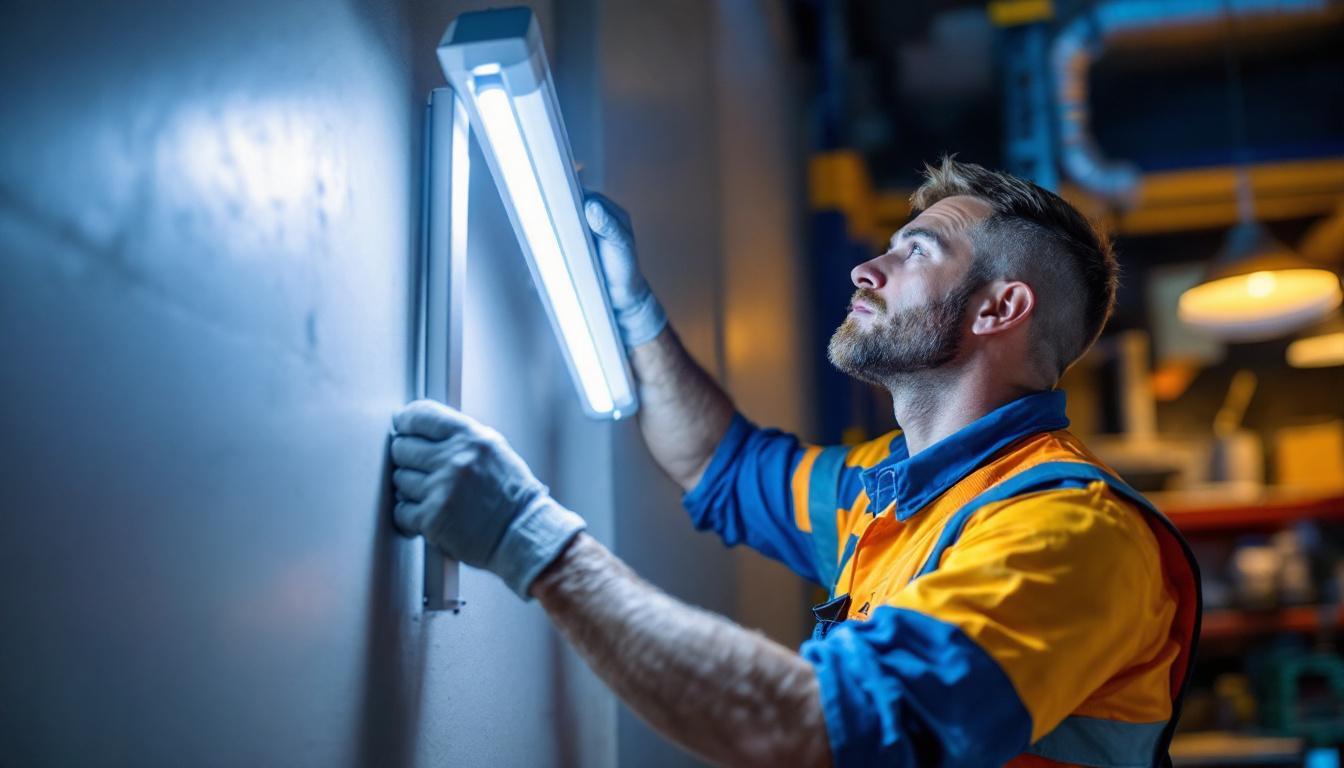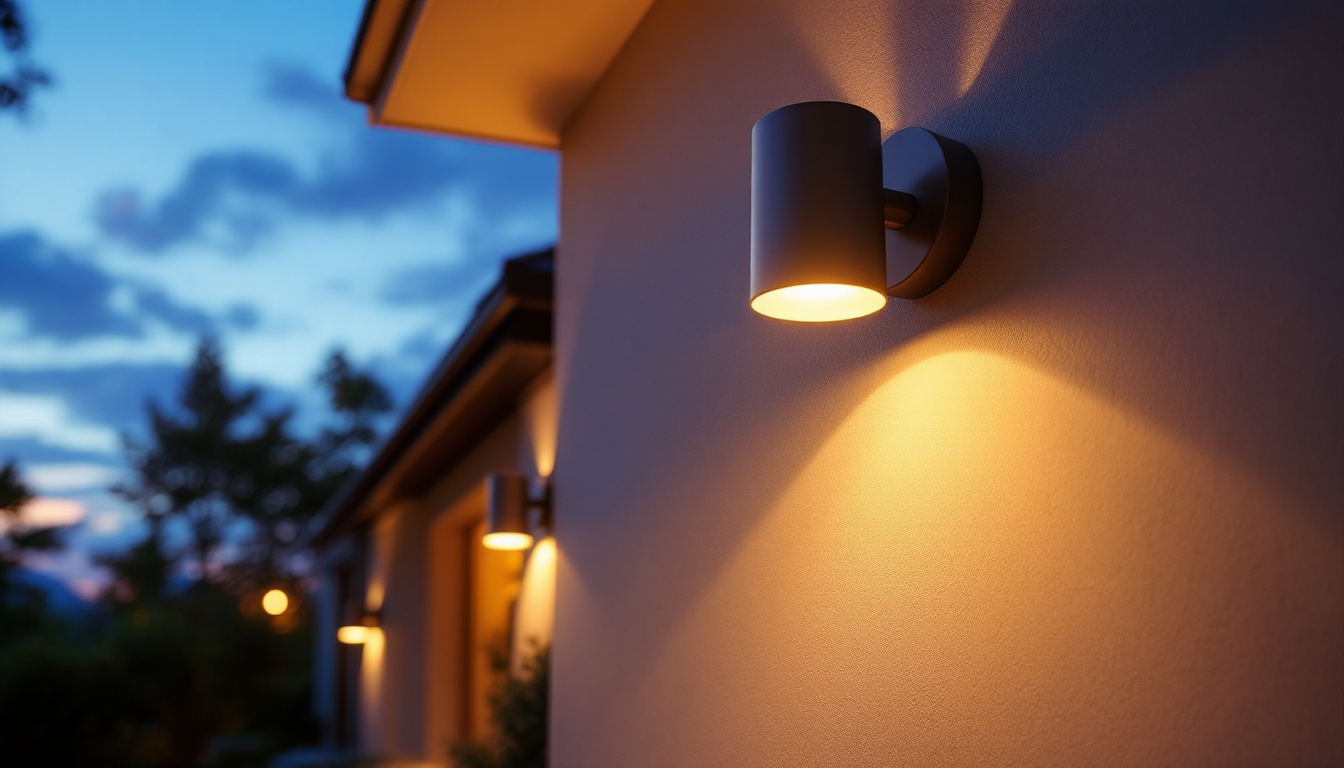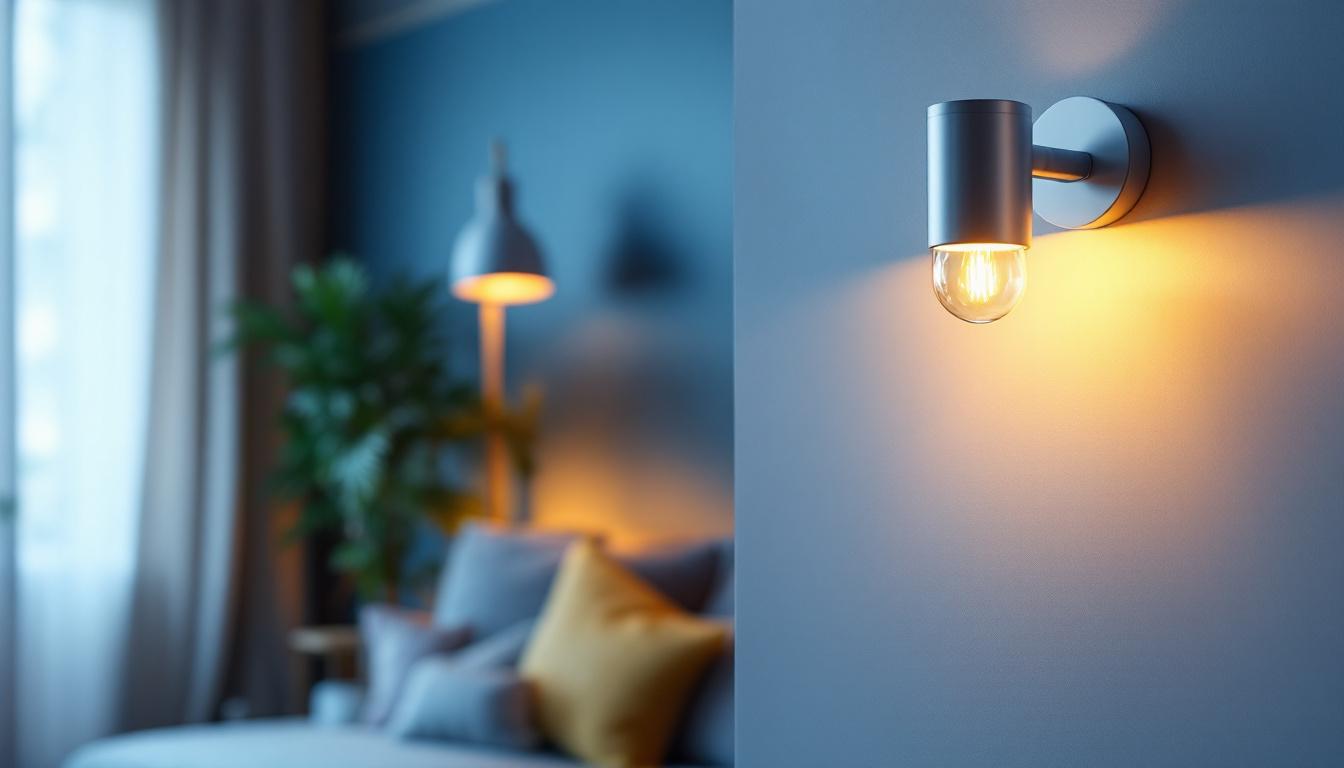
In the ever-evolving world of lighting solutions, LED technology has emerged as a game-changer, particularly for lighting contractors. As the demand for energy-efficient and sustainable lighting continues to rise, understanding the best practices for utilizing LED lights is essential for contractors aiming to deliver top-notch service and quality installations. This article explores the best practices that lighting contractors should adopt when working with LED lights, ensuring optimal performance and customer satisfaction.
Before diving into best practices, it is crucial for lighting contractors to have a solid understanding of LED technology. LEDs, or Light Emitting Diodes, offer numerous advantages over traditional lighting options, including lower energy consumption, longer lifespan, and reduced heat output. This section will explore the fundamental aspects of LED technology that every contractor should know.
LED lights are renowned for their energy efficiency. They consume significantly less electricity than incandescent or fluorescent bulbs, leading to lower energy bills for clients. Furthermore, the longevity of LED lights—often lasting up to 25 times longer than traditional bulbs—means fewer replacements and maintenance costs over time.
Another significant advantage is the reduced heat output. Traditional bulbs release a considerable amount of heat, which can contribute to higher cooling costs, especially in commercial settings. LEDs, on the other hand, emit very little heat, making them a safer and more efficient option. This characteristic not only enhances energy savings but also minimizes the risk of overheating, which can be a fire hazard in poorly ventilated areas.
Understanding color temperature and Color Rendering Index (CRI) is vital for contractors. Color temperature, measured in Kelvin (K), affects the ambiance of a space. For instance, warmer temperatures (around 2700K) create a cozy atmosphere, while cooler temperatures (above 5000K) are ideal for workspaces requiring focus and clarity.
CRI measures how accurately a light source displays colors compared to natural light. A higher CRI (above 80) is preferable in settings where color accuracy is essential, such as in art studios or retail environments. Contractors should be well-versed in these concepts to make informed recommendations to clients. Additionally, understanding the psychological effects of different color temperatures can help contractors create spaces that enhance productivity or relaxation, depending on the intended use. For example, a warm white light can make a home feel inviting, while a cool white light can energize a workspace, thereby influencing the overall experience of the occupants.
Moreover, the versatility of LED technology extends beyond just color temperature and CRI. LEDs are available in a wide range of styles and designs, from sleek recessed lighting to decorative fixtures, allowing for creative freedom in any project. This adaptability enables contractors to cater to diverse aesthetic preferences and functional requirements, ensuring that each installation is not only practical but also visually appealing. As the market continues to evolve, staying updated on the latest LED innovations, such as smart lighting systems that integrate with home automation, can further enhance the value offered to clients.
Once contractors grasp the fundamentals of LED technology, the next step is to implement best practices during installation. Proper installation is crucial for maximizing the benefits of LED lights and ensuring client satisfaction.
Selecting the appropriate LED products is the first step in a successful installation. Contractors should consider factors such as wattage equivalent, lumen output, and beam angle. Understanding the specific lighting needs of a space will guide the selection process, ensuring the right balance of brightness and energy efficiency.
Additionally, it is essential to source LED products from reputable manufacturers. Quality can vary significantly between brands, and using subpar products can lead to premature failures and dissatisfied clients. Contractors should prioritize quality over cost to build a reputation for reliability. It is also beneficial to stay updated on the latest advancements in LED technology, as new products often come with improved efficiency and longer lifespans, which can further enhance the value offered to clients.
Fixture placement plays a crucial role in achieving the desired lighting effect. Contractors should assess the layout of the space and determine the optimal locations for fixtures to avoid shadows and ensure even illumination. For instance, in residential settings, placing recessed lights strategically can enhance the visual appeal of a room while providing adequate lighting.
Moreover, contractors should consider the purpose of each area. Task lighting, accent lighting, and ambient lighting all serve different functions and should be integrated thoughtfully to create a harmonious lighting design. For example, in a kitchen, under-cabinet lighting can provide essential task lighting for food preparation, while pendant lights above an island can add a decorative touch and enhance the overall ambiance. Understanding these nuances allows contractors to create a more tailored lighting experience that meets the specific needs of their clients.
Incorporating dimming controls into LED installations can significantly enhance the user experience. Dimmers allow clients to adjust the brightness according to their preferences and the time of day, providing flexibility and energy savings. Contractors should educate clients on the benefits of dimming technology and recommend compatible dimmers for their LED systems.
Moreover, smart lighting solutions are gaining popularity. Integrating smart controls can offer clients the ability to manage their lighting remotely, further enhancing convenience and energy efficiency. These systems can often be programmed to adjust automatically based on natural light levels or time of day, which not only optimizes energy use but also creates a more comfortable living environment. As technology continues to evolve, staying informed about the latest smart lighting innovations will empower contractors to provide cutting-edge solutions that meet the demands of modern clients.
The push for energy efficiency and sustainability is more relevant than ever. Lighting contractors have a pivotal role in promoting these principles through their work. By adopting energy-efficient practices, contractors can help clients reduce their carbon footprint while saving on energy costs.
Before starting an installation, conducting an energy audit can provide valuable insights into a client’s current lighting usage and potential savings. By assessing existing lighting systems, contractors can identify areas for improvement and recommend appropriate LED solutions tailored to the client’s needs.
Energy audits not only benefit the client but also position the contractor as a knowledgeable expert in energy efficiency, fostering trust and credibility in the relationship.
Contractors should take the time to educate clients about the long-term energy savings associated with LED lighting. Providing clear comparisons between traditional lighting costs and the projected savings from LED installations can help clients understand the value of investing in energy-efficient solutions.
Furthermore, discussing potential rebates or incentives for energy-efficient upgrades can motivate clients to proceed with LED installations, making the project more appealing from a financial standpoint.
Even the best installations may require maintenance over time. Lighting contractors should be prepared to offer guidance on maintaining LED systems and troubleshooting common issues that may arise.
While LED lights are known for their longevity, regular maintenance can extend their lifespan and ensure optimal performance. Contractors should recommend periodic inspections to check for any signs of wear or malfunction. Simple tasks, such as cleaning fixtures and ensuring proper ventilation, can prevent issues and maintain lighting quality.
Additionally, contractors should inform clients about the importance of using compatible dimmers and controls, as improper equipment can lead to flickering or reduced lifespan of LED lights.
Contractors should be equipped to handle common issues that clients may encounter with their LED lighting systems. Flickering lights, for instance, can often be traced back to incompatible dimmers or poor connections. Educating clients on how to identify and report issues can streamline the troubleshooting process.
Moreover, having a clear warranty and service policy can enhance client confidence in the installation. Contractors should outline the steps for addressing any concerns, ensuring clients feel supported long after the installation is complete.
The lighting industry is constantly evolving, with new technologies and trends emerging regularly. For lighting contractors, staying informed about these changes is crucial for maintaining a competitive edge.
Participating in workshops, webinars, and industry conferences can provide valuable insights into the latest advancements in LED technology and lighting design. Continuous education not only enhances a contractor’s skill set but also demonstrates a commitment to providing the best solutions for clients.
Additionally, many manufacturers offer training programs and certifications that can further bolster a contractor’s expertise. Engaging with these resources can lead to improved service offerings and increased client trust.
Building a network of industry professionals can also be beneficial. Collaborating with other contractors, suppliers, and lighting designers can lead to new opportunities and insights. Sharing experiences and best practices can foster a sense of community and encourage the exchange of innovative ideas.
Furthermore, being part of industry associations can provide access to valuable resources, including market research and trends that can inform business strategies.
In conclusion, lighting contractors play a vital role in the successful implementation of LED lighting solutions. By understanding LED technology, adhering to best practices during installations, promoting energy efficiency, and staying updated with industry trends, contractors can ensure they deliver exceptional service to their clients.
As the demand for sustainable and efficient lighting continues to grow, embracing these best practices will not only enhance the contractor’s reputation but also contribute to a more energy-conscious future. With the right knowledge and approach, lighting contractors can illuminate spaces effectively while meeting the evolving needs of their clients.
Ready to elevate your lighting installations with the best LED solutions on the market? Look no further than LumenWholesale, where we provide contractors with spec-grade lighting products at unbeatable wholesale prices. Our commitment to quality and affordability means you can access a wide range of high-performance lighting without the burden of inflated markups. Plus, with free shipping on bulk orders, you can stock up on premium lighting essentials while enjoying the best value. Don’t let hidden fees dim your project’s potential. Choose LumenWholesale for a seamless blend of quality, affordability, and convenience. Discover our extensive selection and start transforming spaces today by visiting Wholesale Lighting at the Best Value.

Discover the ultimate guide to 4ft LED lighting tailored for lighting contractors.

Discover the secrets of lighting contractors to master the art of exterior illumination with sconces and recessed lights.

Discover how partnering with Gamasonic’s innovative lighting solutions can transform your business.

Discover how the LED Can Light Kit is revolutionizing the lighting industry with energy efficiency, easy installation, and cost savings—transform your space today!.